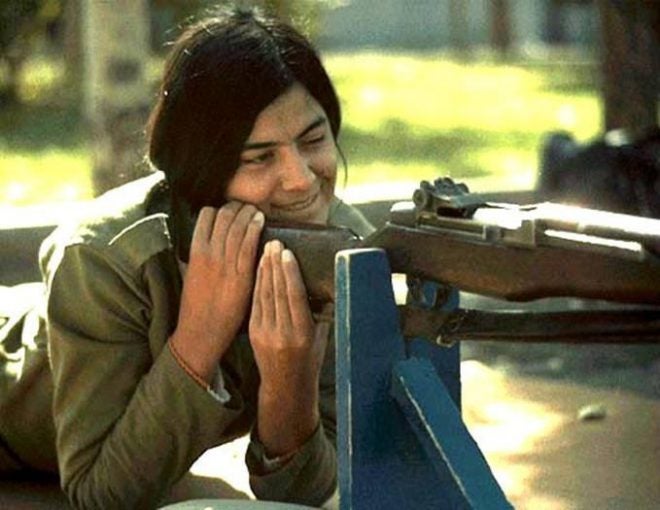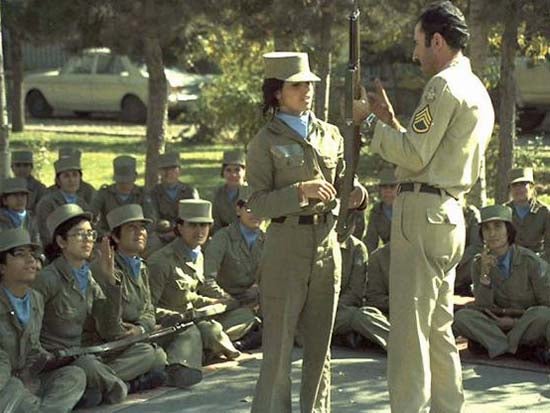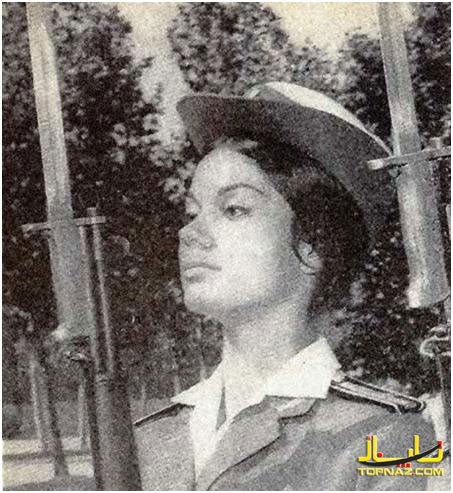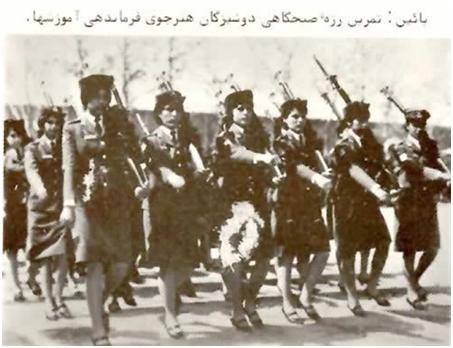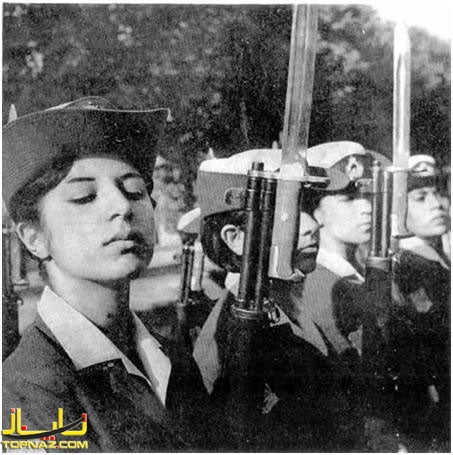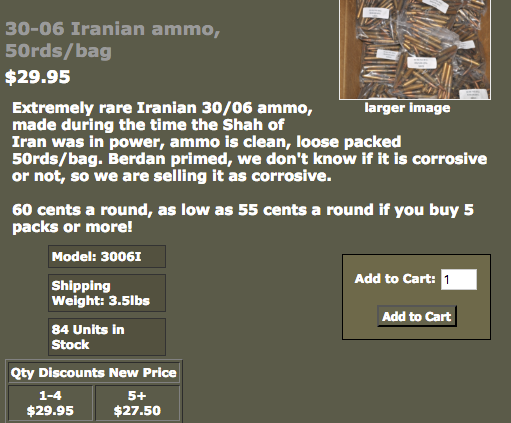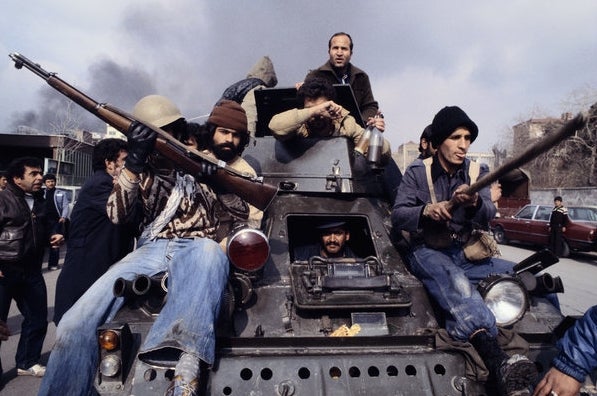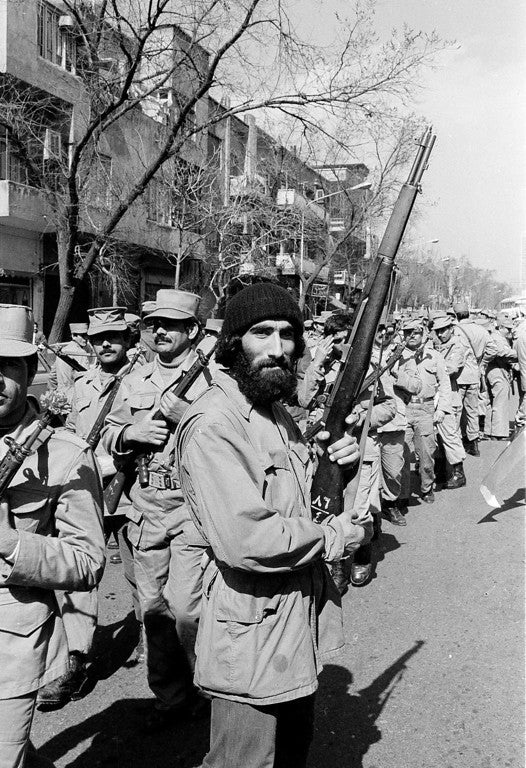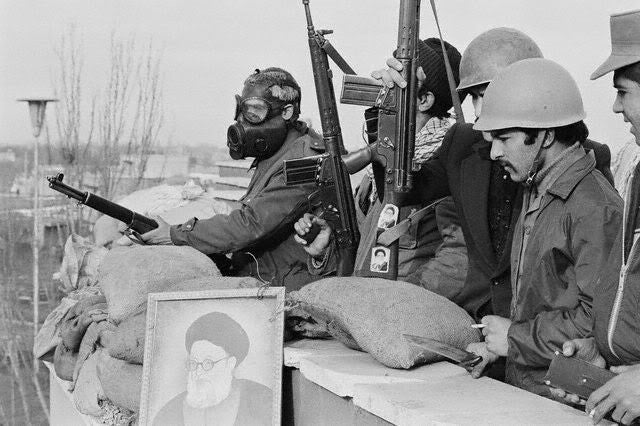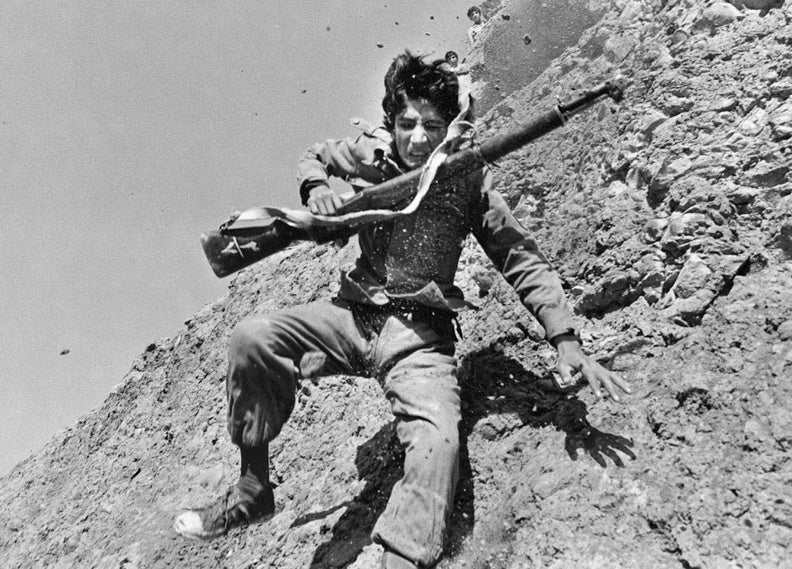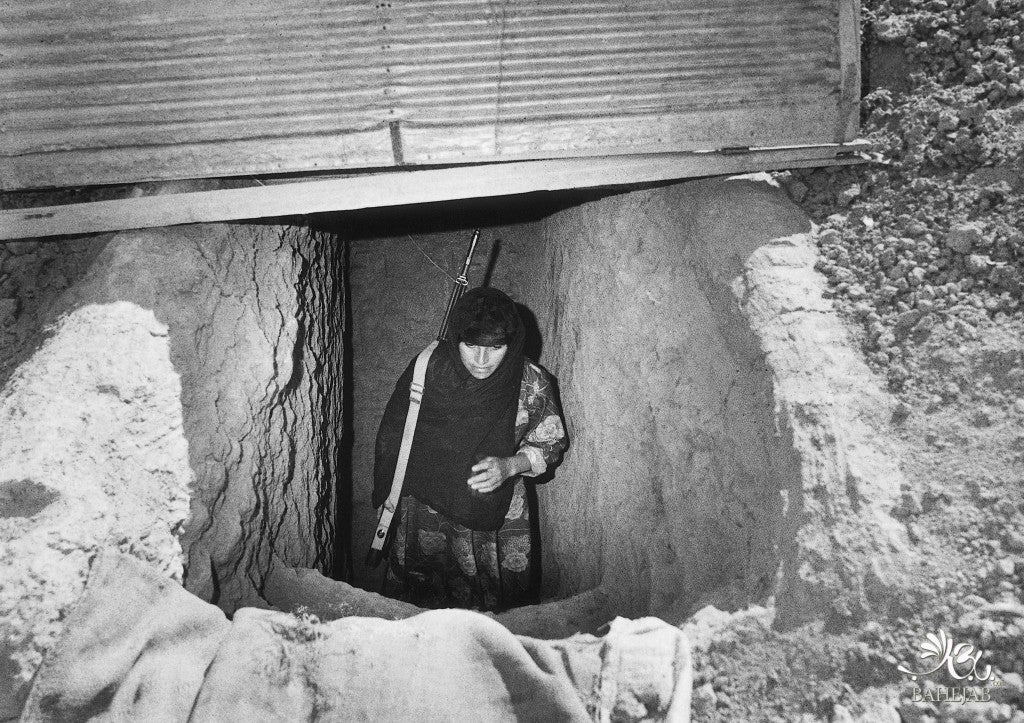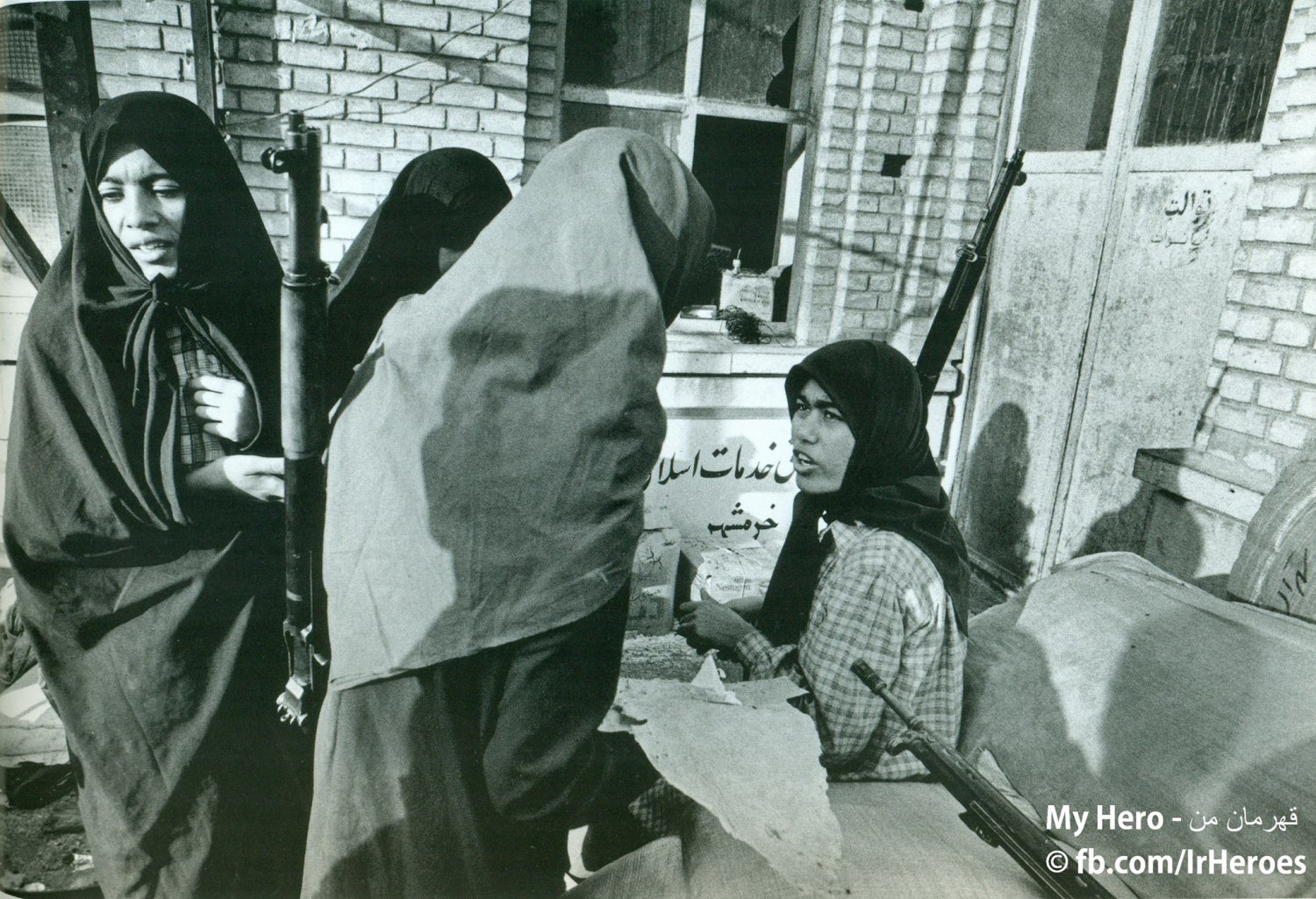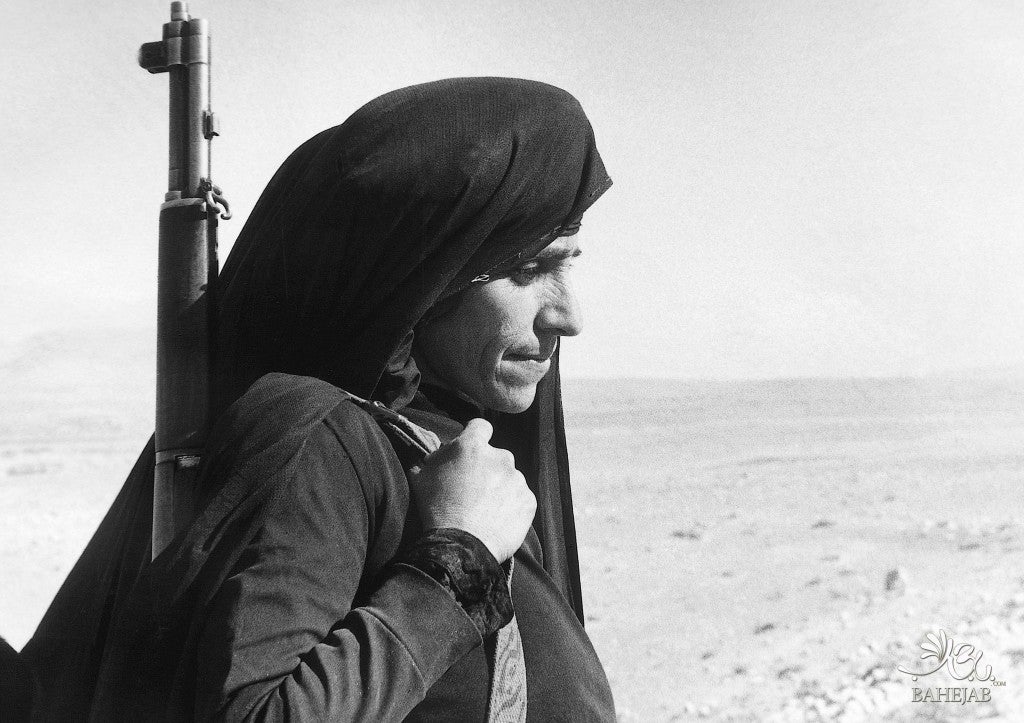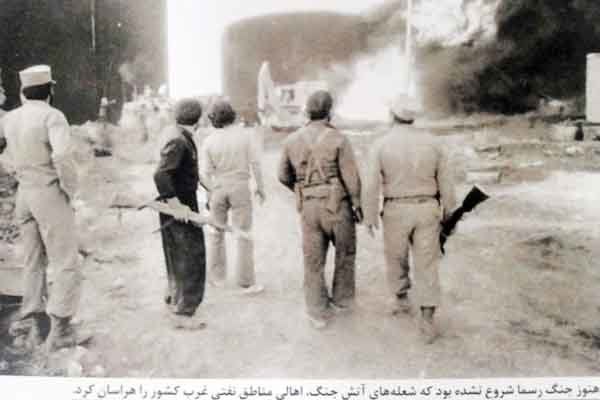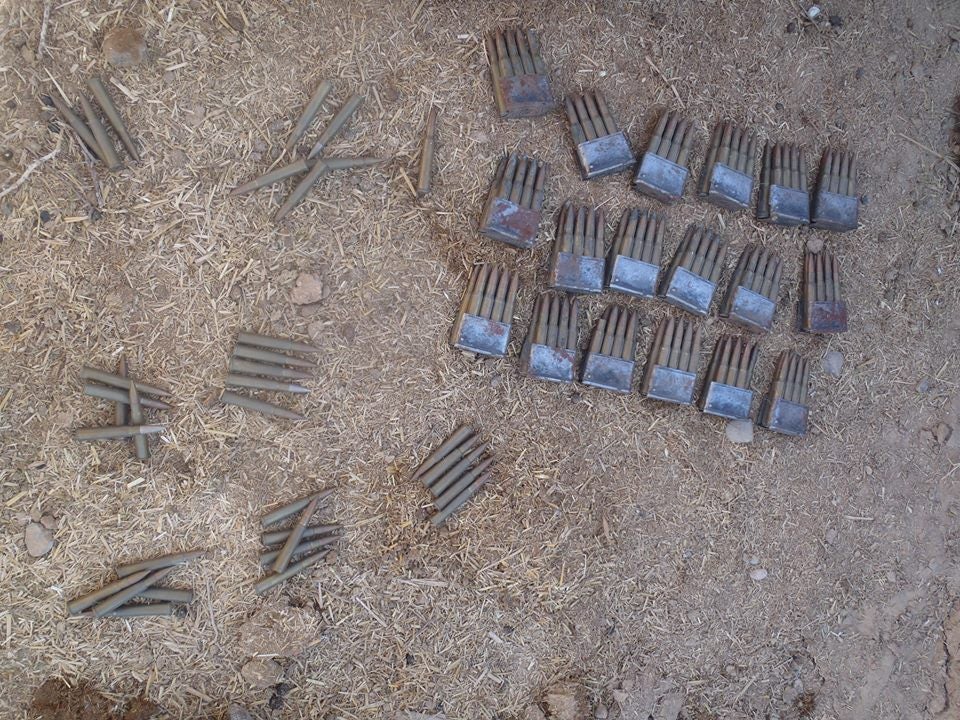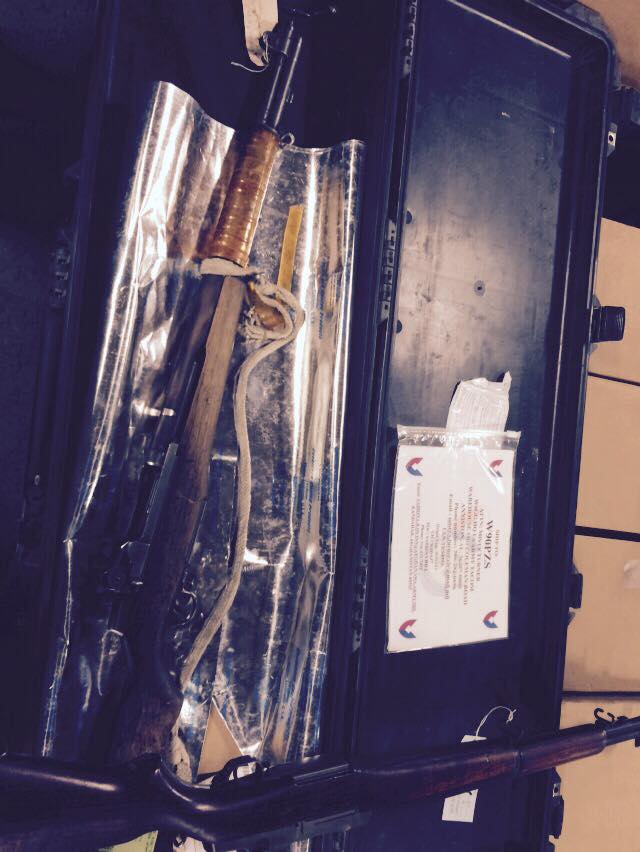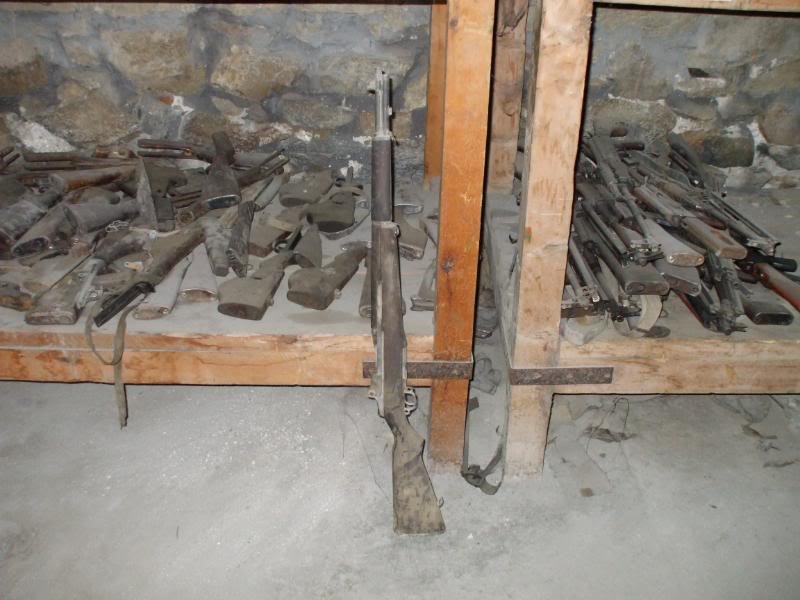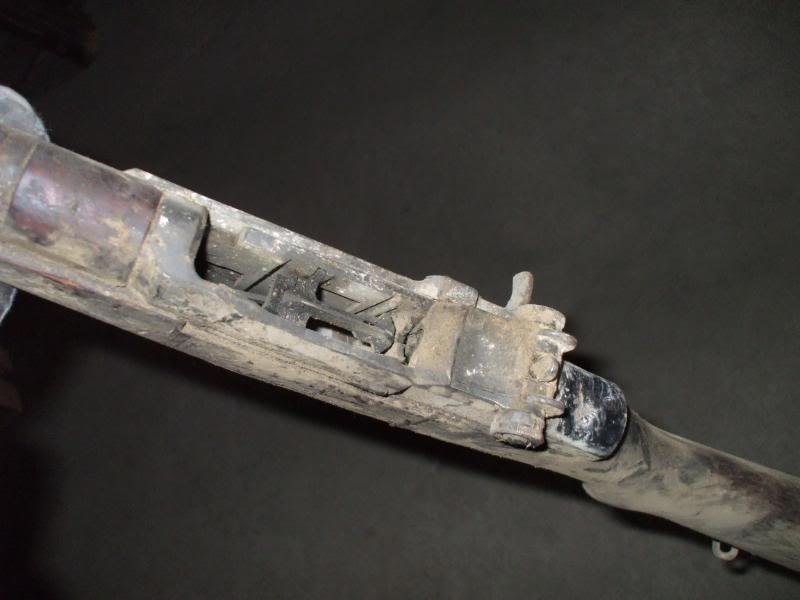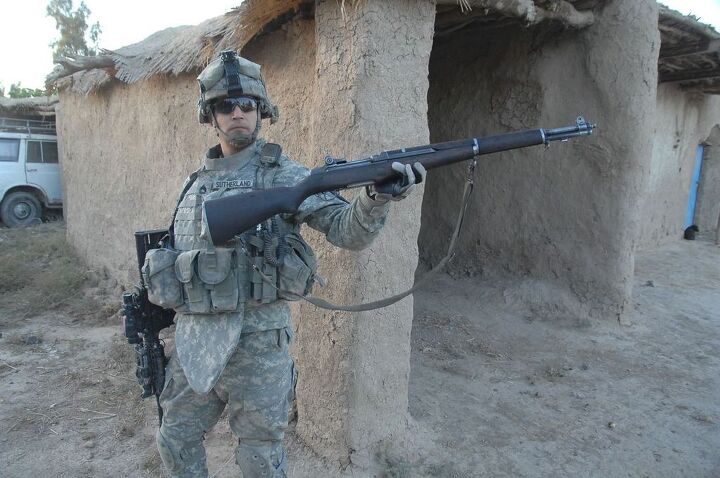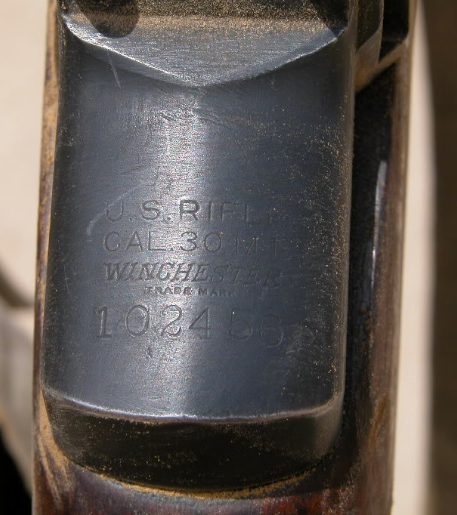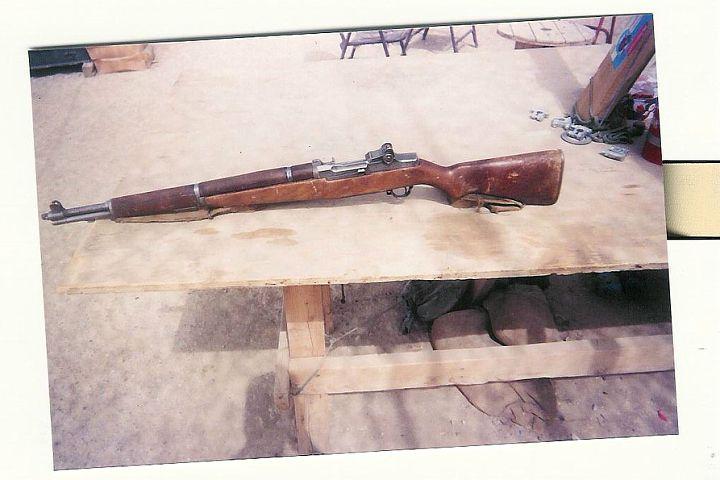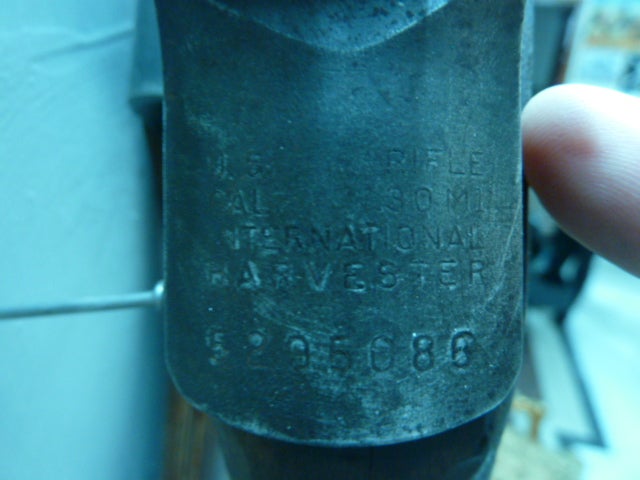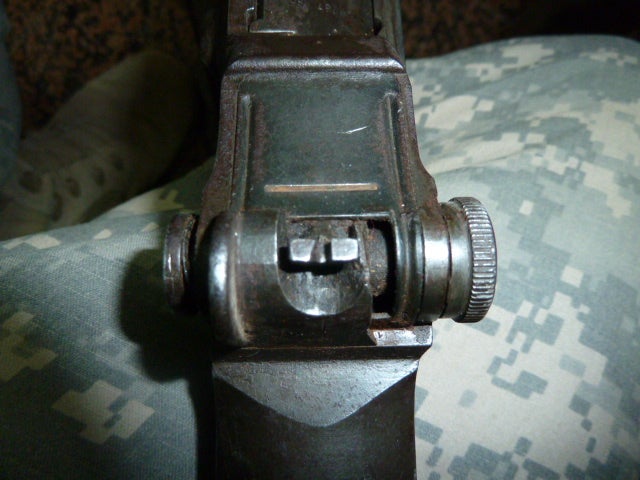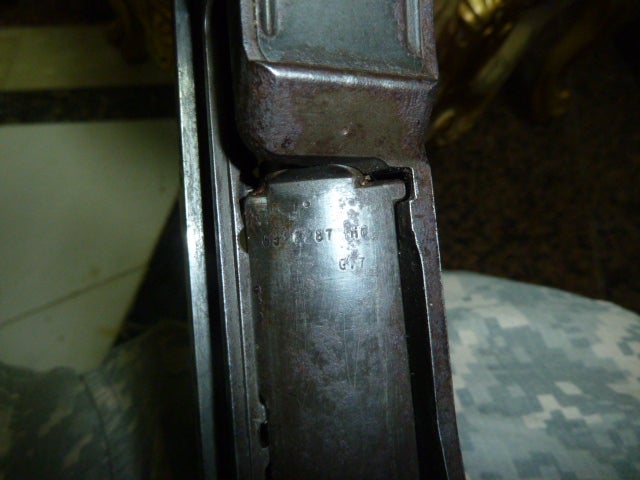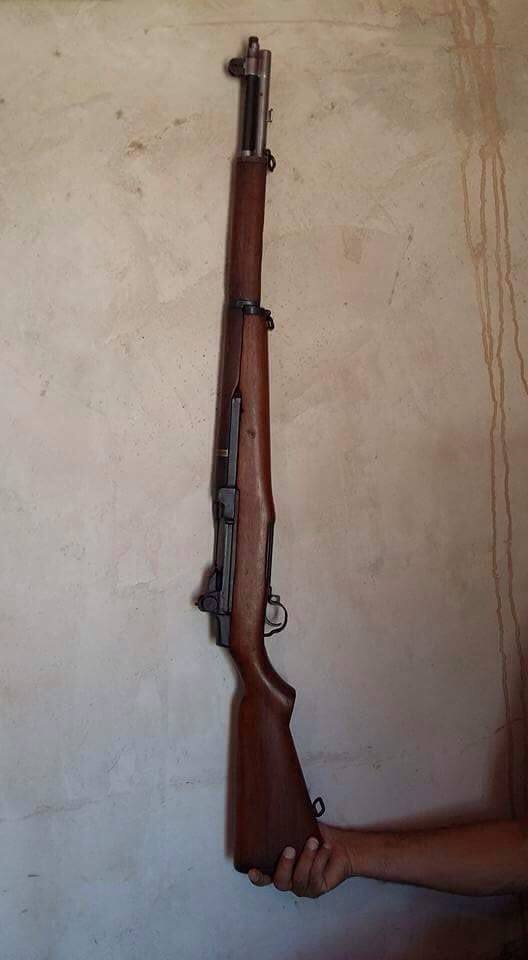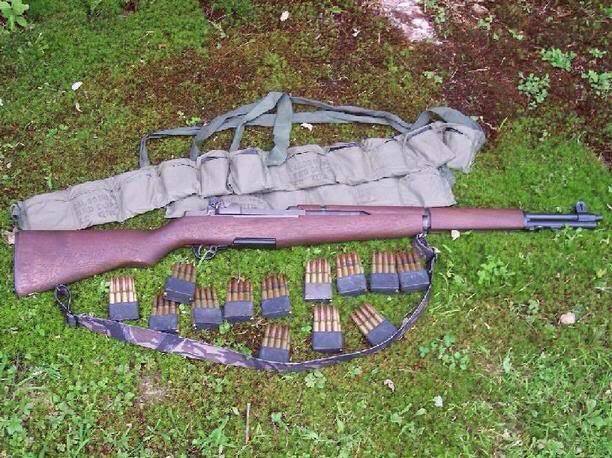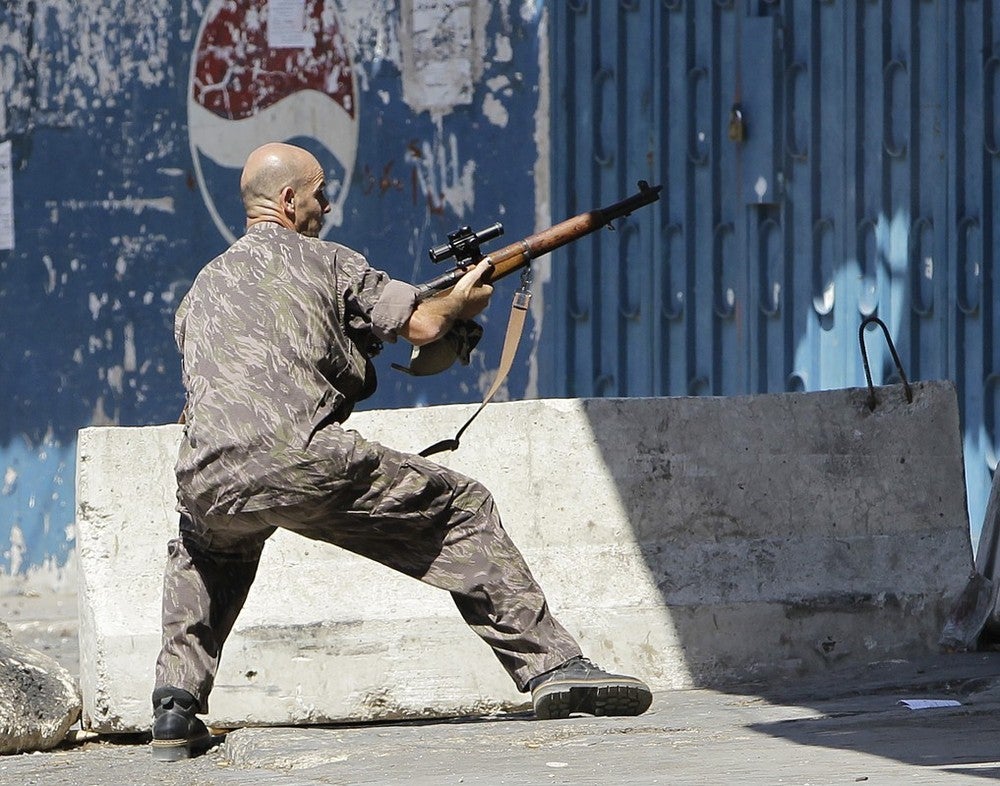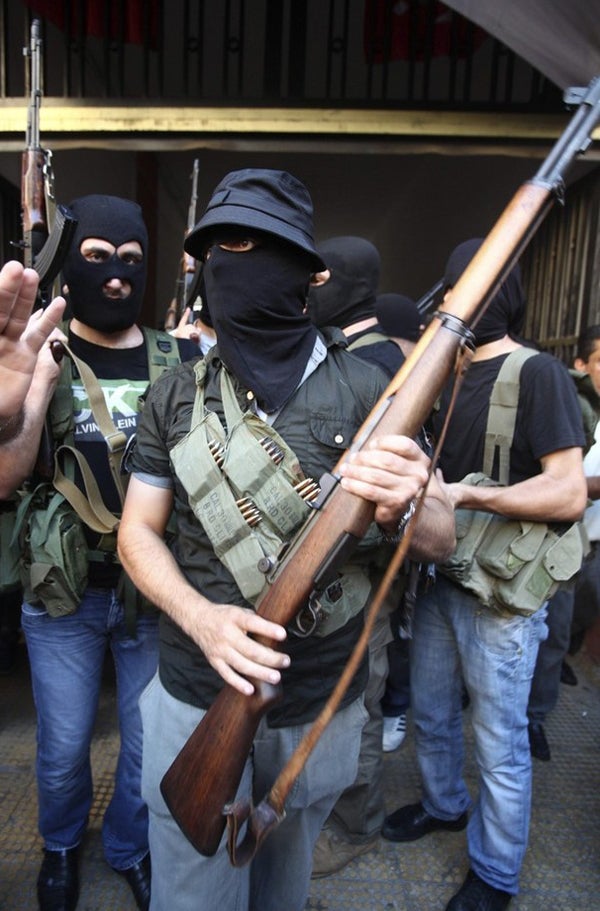The story of the M1 Garand in Iran highlights a tale of interwoven politics that spans decades and is still being seen today. More than just the story of a service rifle in the Middle East, North Africa, (MENA)/Central Asia region, it crosses political and historical intrigue throughout. Mixed in is the history of American foreign military aid propping up the Shah’s regime, the Islamic Revolution in 1979, the ensuing Iran-Iraq War, and then the dissemination of the rifle into nearby Iraq and Afghanistan, possibly even Syria as some recent examples from various rebel groups there show.
From the period of 1963 to 1967, the U.S Military established a Foreign Military Sales mission to Iran. At this period in time, the United States was supporting Mohammad Reza Shah Pahlavi in his efforts to bolster his 160,000 man army. Iran was an extremely important ally of the United States against the Soviet Union, due to its strategic presence against the soft underbelly of Soviet controlled Central Asia. The 60s saw a tremendous input of U.S Military supplied arms and even the construction of a number of military airbases in Iran. Within this program, the Shah purchased around 165,493 M1 Garands were shipped to Iran in 1963, enough to arm the entire Iranian Army, replacing the locally produced Persian K98 Mausers that were then in service. 32 M1D sniper rifles were also shipped over in 1966. The overwhelming majority of these M1s appear to be of International Harvester manufacture (Evansville, IN). International Harvesters are exceedingly rare within the United States, due to the fact that the majority of these rifles were used for foreign aid and thus for the most part have not been reimported back into the United States.
Below are two clips from the National Archives Records Administration showing a small arms demonstration to Iranian officers in 1956. Although there are no M1s, the demonstration shows a number of other weapons also delivered to Iran, to include M1A1 Thompsons, 1911s, and M1919A4/A6 medium machine guns (not pictured in film)
Through this photo essay we will take a look at the timeline of these 165,493 Garands, unto today where they have ended up.
During the Shah’s reign
Although the Shah’s Army was entirely armed with M1s, not many photographs remain from that period that show the M1 in service with infantry troops. Instead, what we have are a number of photographs that show training and ceremonies being conducted by female soldiers within the army. This is most likely the result of the Shah’s push to modernize and secularize Iran, especially in regards to women’s rights. This later proved to be one of his downfalls because he was simultaneously marginalizing the authority of the clergy. What we are looking at in the below pictures is a highly publicized effort to showcase females within the army, completing rifle training and taking part in official ceremonies.
Notice the U.S Army headgear on the soldiers and Staff Sergeant rank insignia on the instructor. This is probably due to the patterning of the Shah’s Army on then current U.S Army standards, which would have come through with the U.S advisors in place.
Berdan primed.30-06 ammunition was produced in Iran, as 7.92mm ammunition was produced previously for Persian Mausers. Foreign Military Sales does show that the United States provided at least 30 million .30-06 rounds to Iran during this period. The head stamps consist of a crown at the 12 o’clock position, the numerals “44” in Farsi, and the letter “Alef” (ا) on the right, and “Meem” (م) on the left (read left to right). This stands for Ammunition and Metallurgy Industries Group, a state ran company. After the Islamic Revolution, the company continued to function and exists today as the Ammunition Industries Group. You can buy this ammunition in the United States as imported surplus Iranian .30-06 ammunition.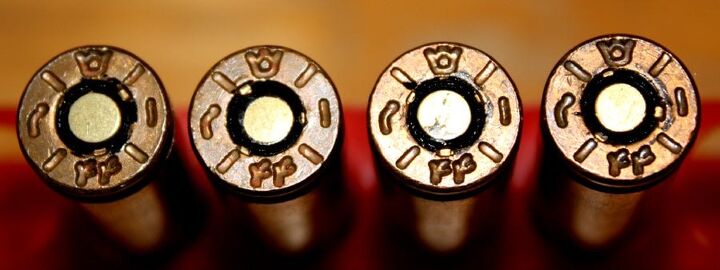
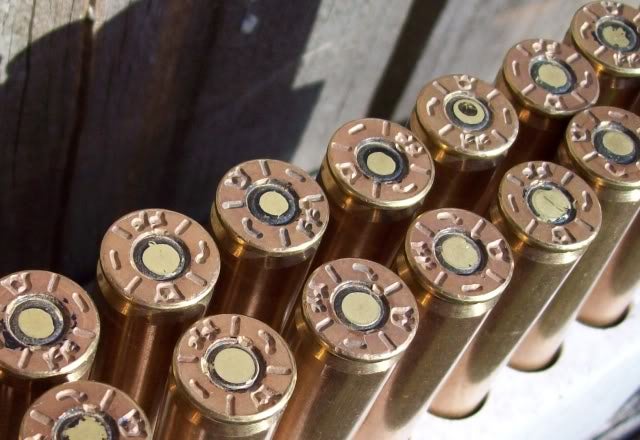
In the midst of Revolution
The M1 was replaced by the Hecklor & Koch 7.62x51mm G3A6 rifle in the 1970s. The G3A6s were made under license in Iran, and differs from the standard G3 in having a dark green handguard and stock. Part of the move to the G3 was along with numerous other arms purchases from West Germany. This was mostly due to diminishing support from the United States in view of the Shah becoming more authoritarian and unpopular among the people of Iran. In January of 1979, the Shah formally fled Iran, with the Ayatollah Khomeini flying into Tehran to bring his concept of “Violati Faqih”, or a government of Islamic jurists. During this period there was great unrest as student protesters and rebels broke into state armories, arming themselves with whatever they could. This included all the moth-balled Garands that had left service in the early 1970s.
Iran-Iraq War
Just as the efforts of the Ayatollah Khomeini were being consolidated, Saddam Hussein in Iraq saw an opportunity to take advantage of a disorganized Iran. Backed by the United States, Iraq invaded Iran and began one of the most costly wars of modern MENA history. The resulting war lasted throughout the 1980s, and was effectively a stalemate with neither side claiming a decisive victory over the other. In this period, Iran was desperate for small arms, and alongside the G3A6, began importing large amounts of Chinese Type 56s (Chinese AKM variant). Later on, Iran began local production of the Type 56 under the KL-7.62 nomenclature. During the Iran-Iraq War the M1 saw very little service at the front, being outgunned by the select fire, intermediate round, magazine fed Tabuk AKMs in use by Iraq. Thus, the remaining M1s were regulated to a Home Guard and militia role on the home front. Interestingly, in a return to the past, a number of female Home Guard groups were armed with the M1 while performing their duties behind the front lines.
This photograph was taken by a well known Iranian photographer by the name of Kaveh Golestan. The supposed explosion in the background appears to really just be the result of the soldier falling down the hill. The soldier looks to be a teenage boy and it probably wasn’t taken at the front. Instead, this is probably apart of Home Guard training behind the lines. The armory stock number reads “2/7” in Farsi.
A very rare photo of the M1 in service. This picture was taken outside an oil refinery that had been hit by the Iraqis. Even so, the troops pictured probably are apart of a local milita unit instead of the military, which would have had more modern equipment. Notice the AKM magazine carriers on the web harness of the individual second from left, indicating a multitude of weapons were issued within the same unit, to include AKMs and Garands.
Both of these posters were part of a long series of propaganda posters published during the war and posted up all over the nation. The use of the M1 Garand most likely would resonate with civilians accustomed to seeing the M1 in use by Women’s Defense Forces and other civilian auxiliaries, rather than a poster resonating with fighting at the front which would depict a G3A6 or AKM. The use of children and women in the home defense displays the severe manpower shortage due to the strain of the war on Iran. 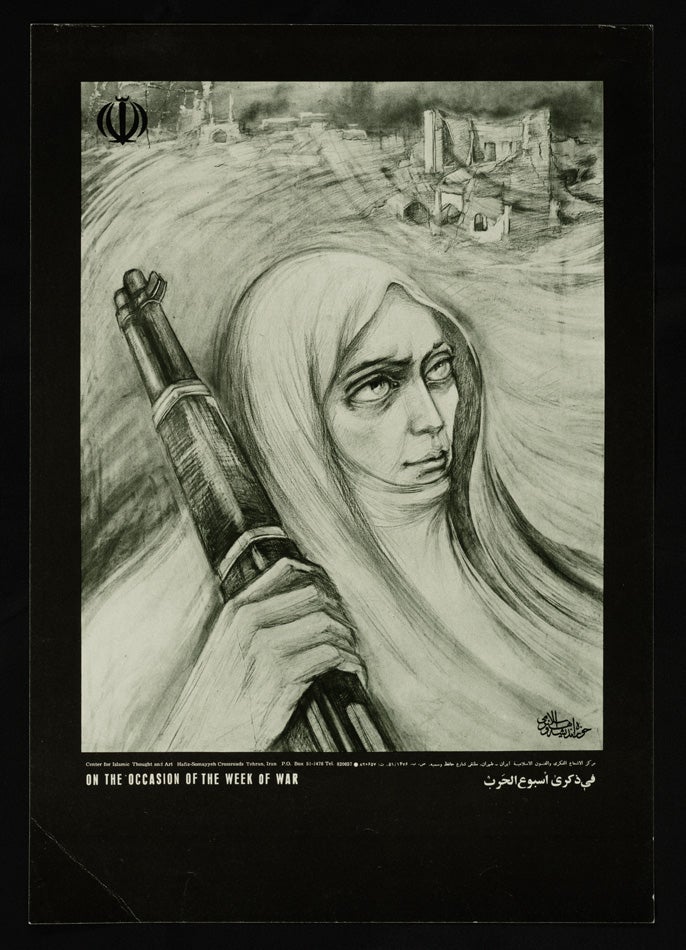
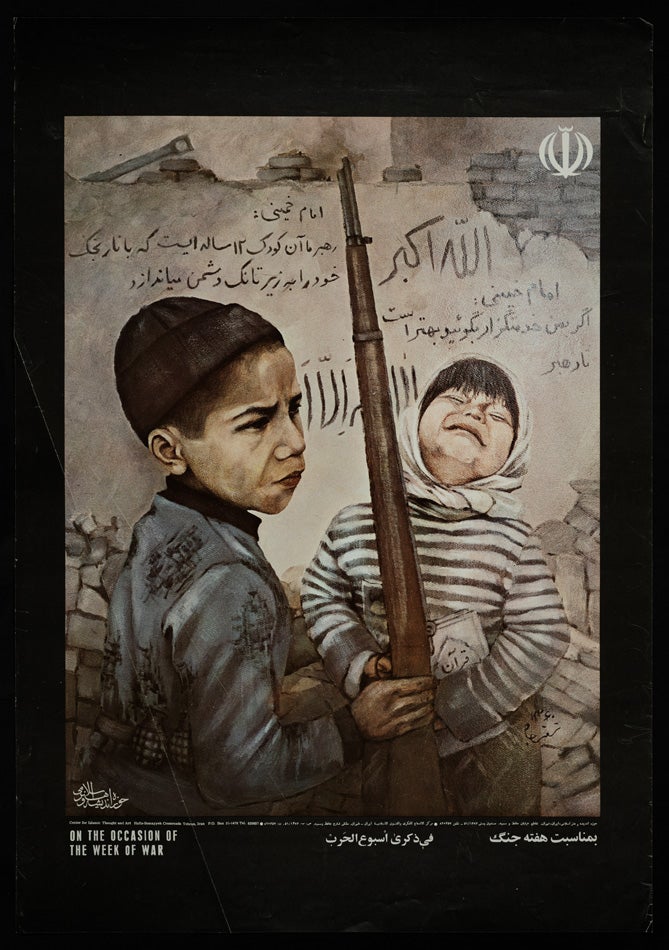
OIF-OEF weapon caches
After the Iran-Iraq War, the M1 began to disappear from the public eye, with the war over and the outbreak of peace. The Iranian Army less strained at the front brought back enough modern rifles to man units at home, and thus the old M1s went into final retirement. However, this isn’t the end of the M1 in Iran, as it appears that a large number of them made their way into Iraq and Afghanistan via the black market small arms trade. There is much more of a civilian trade between Iran and Iraq than there is with Afghanistan, thus we have much more evidence of the Garand in Iraq than Afghanistan. In this context, U.S troops began finding M1s in caches all over both countries.
The below photo was taken by a U.S Marine in the same district that I happened to have been in while I was in Afghanistan, that of Nawa District in Helmand Province. Ammunition was found, but there wasn’t an accompanying M1.
One of the few Winchesters found in Iraq. The majority of M1s found in OIF/OEF were of the International Harvester variety.
Modern day use in Iraq, Syria, and Lebanon
The below photos found in Iraq, one of them was complete with loaded en bloc clips in bandoliers!
Among the current turmoil in Syria, a huge assortment of small arms have come to light through various rebel groups arming themselves with whatever is available. These below examples were of M1s in use by various belligerents in Lebanon. Due to the proximity, the origin of these Lebanese Garands might have come from small arms smuggled from Greece or Turkey, both countries having been equipped with the M1 under similar U.S Foreign Military Sales programs that equipped Iran in the 1960s. However, unless we can get some receiver block photos of the serial numbers, we can only speculate.
 Your Privacy Choices
Your Privacy Choices
